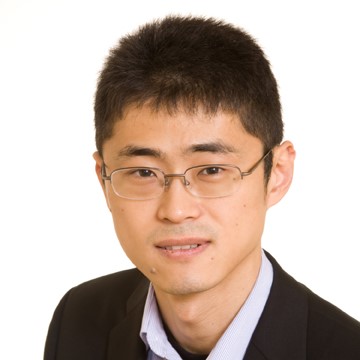
Dr. Satoshi Takahama is a senior scientist in LAPI. He lead the Atmospheric Particle Research Laboratory at EPFL and before that was a postdoc and project scientist at the Scripps Institution of Oceanography. His most recent works focus on spectroscopy, statistical data analysis, and numerical simulation (molecular and process modeling) to understand the physical and chemical dimensions of atmospheric aerosols.
Did you choose your profession or did it choose you?
– As a Bachelor student, I found it fascinating that many of the professors preferred to keep coming in despite being retired – among other things, that experience made me want to see what academic life had to offer.
How and why have you joined the LAPI?
– LAPI is a very unique laboratory in the breadth of interconnected topics and phenomena it addresses. Recently I have focused a lot on method development and I have joined in hopes that my work can be integrated into the bigger agenda here.
Can you speak about the projects where you have participated?
– I’ve worked on field campaigns, laboratory experiments, and modeling studies (both mechanistic and statistical), all related to aerosol science. They have all been rewarding but there are some things I probably shouldn’t be allowed to do again.
What have been some of your biggest challenges?
– Research requires a lot of competencies: technical capability (which includes analytical thinking and writing), creativity, discipline, and tenacity. And nowadays, salesmanship. Taking care to balance these elements for my own progress as well as my mentees – who each differ in their competencies but also learning styles – is a big challenge.
What have been some of your biggest successes?
– Through a long and fruitful collaboration with Ann Dillner at Univ. California Davis, we have been pushing the state-of-the-art with regards to quantitative analysis of complex infrared spectra. This is one of the few techniques that has the capability to cost-effectively deliver particulate matter composition on a broad scale, and to provide chemical information that is difficult to obtain otherwise (even with more expensive instruments). I hope everyone continues to watch this space for new developments.
You split your time between teaching and research. How do you view these two roles?
– To flippantly borrow Richard Feynman’s take on this question: teaching lets me say, “at least I’m doing something,” when research is progressing slowly or not immediately appreciated. In contrast to common perception, I think it’s possible to do one without the other, but both roles are enjoyable.
Where is the most interesting place you’ve been?
– My mind –it’s also inexpensive to visit.
A free thought for the end?
– Always remind yourself that people aren’t interested in the same things you are.